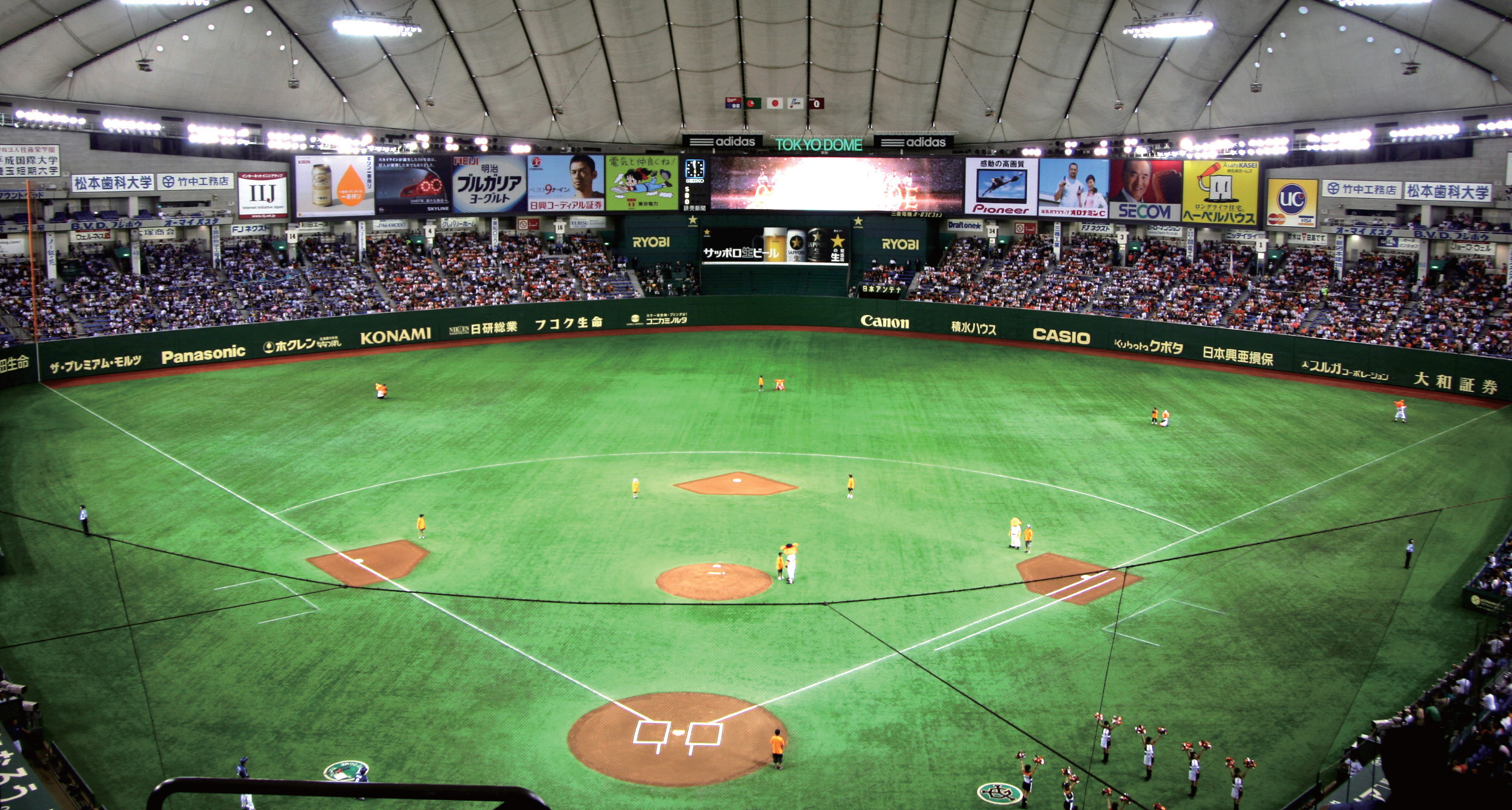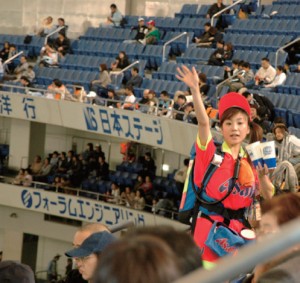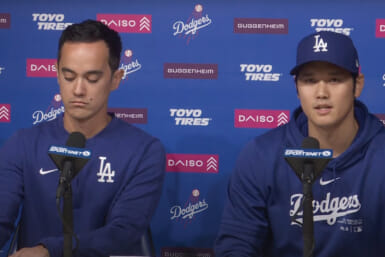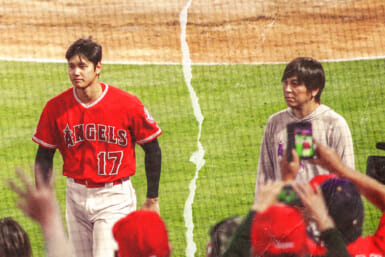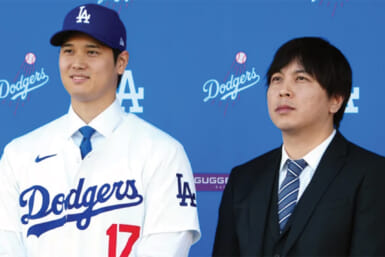by Miles Fish
All through my life, baseball has been ‘America’s Game.’ After all, teams that win in the U.S. baseball league are automatically called the world champions. Growing up, Americans like Barry Bonds and Roger Clemens dominated the sport in a historical fashion. We Canadians certainly could not hold a candle to our southern neighbors.
But after attending a baseball game here in Japan I’m not so sure the moniker fits. This is the country which, after all, has won the only two World Baseball Classics ever held—perhaps the true ‘World Series.’
But maybe the most telling sign that the rawhide’s natural home is in Japan is just how entertaining a game is in this country. Japanese fans are inventive, boisterous, über-passionate, and tireless, with a wide array of player-specific and general chants which continue from the first pitch to the last. By contrast, North Americans tend to view a day at the ballpark as a nice afternoon out with some overpriced hot dogs and beer. The atmosphere at a Japanese baseball game resembles a European soccer match, and that’s a good thing.
Take, for example, the second inning of a mid-season, Sunday afternoon game when Aaron Guiel, a Canadian playing for the Yakult Swallows, stepped up to the plate. Suddenly I heard the sounds of O Canada, being played by a full brass band. This was an inventive cheering technique by Swallows fans in the Tokyo Dome, home of their archrivals, the Yomiuri Giants.
The enthusiasm doesn’t end there either. Baseball teams in Japan feature cartwheeling mascots and impressive cheerleaders, and the party doesn’t stop after the final out. Should the home team win, game MVPs are interviewed and then proceed to circle the field, throwing out baseballs and stuffed animals to adoring fans. The cheerleaders and mascots continue to entertain, and the dedicated fans stay some 30 minutes more chanting their mantras.
Despite all the eccentricities, baseball purists should love Japanese baseball. Fielders seem more fluid in picking up ground balls, and situational hitting is of high priority. And with the speed of the players, you can expect more of the most exciting play in baseball—that’s the triple, not the home run.
There are a few other differences between Japanese and North American baseball. The playing fields, baseballs, and strike zones tend to be smaller on this side of the Pacific, and games can end in ties if not settled by the 12th inning.
There are 12 teams in Nippon Professional Baseball, Japan’s top league, formed in 1950. For Tokyoites there are two main teams: the Yomiuri Giants and the Tokyo Yakult Swallows. The Giants, Japan’s most popular team, play their games in the Tokyo Dome, while the Swallows play at the alluring Meiji Jingu Stadium, constructed in 1926 and which once played host to Babe Ruth.
The toughest ticket to get is for a Giants home game, but if you don’t mind standing, one can be had on game day for only ¥1,000. There are actually some benefits to having a standing-room only ticket, as it allows you to view the game from every part of the stadium. Spend some time near the ever-chanting fans in the home run seats, stand among the away fans’ section, and perhaps even set out a newspaper and join the group of people sitting on them and watching the game on a TV monitor in the lobby. It’s best to get to the stadium early though, as the lines of people standing tend to be four-deep throughout.
And finally, one great treat of Japanese baseball is that you’re allowed to bring in your own food and drinks. And at the stadium there are a number of culinary options, from traditional Japanese to traditional ballpark grub. Tokyo Dome features a stadium bar serving whiskey, and adorable beer girls with kegs on their backs are always walking through the stadium ready to offer you an ice-cold draught.
External Link:
Nippon Professional Baseball, Japan

